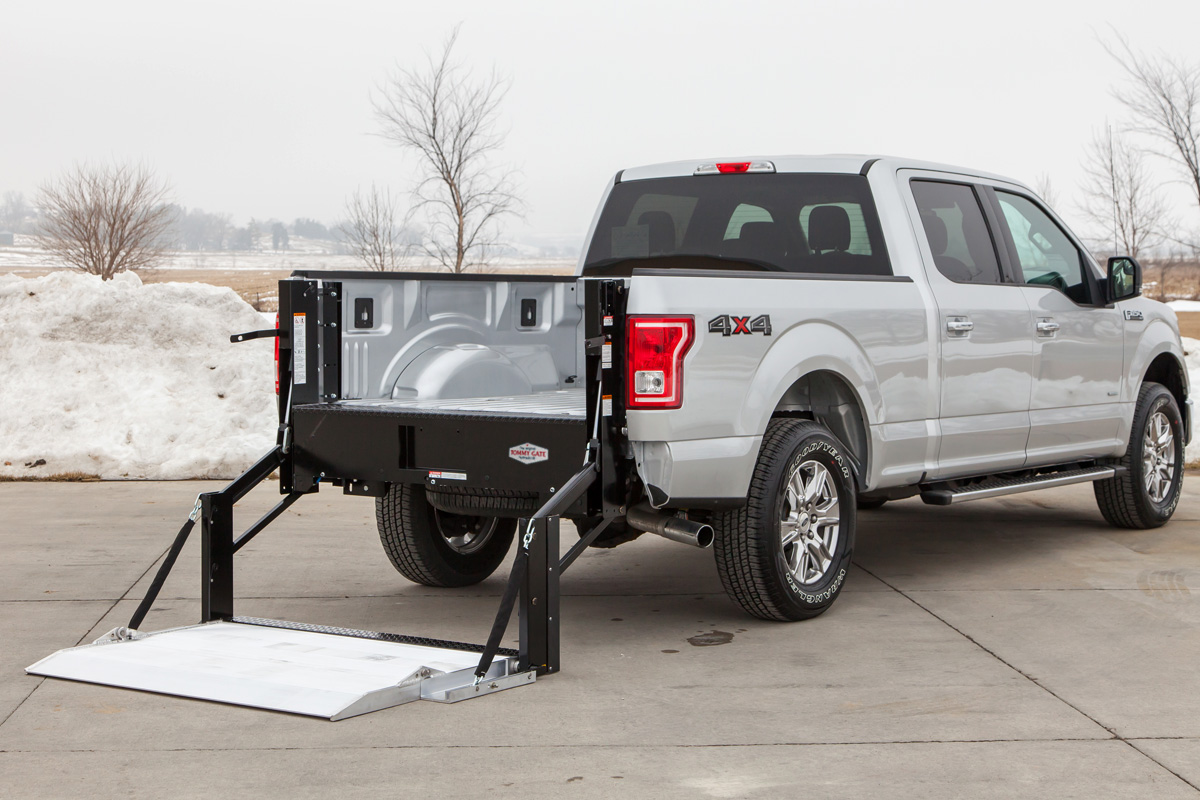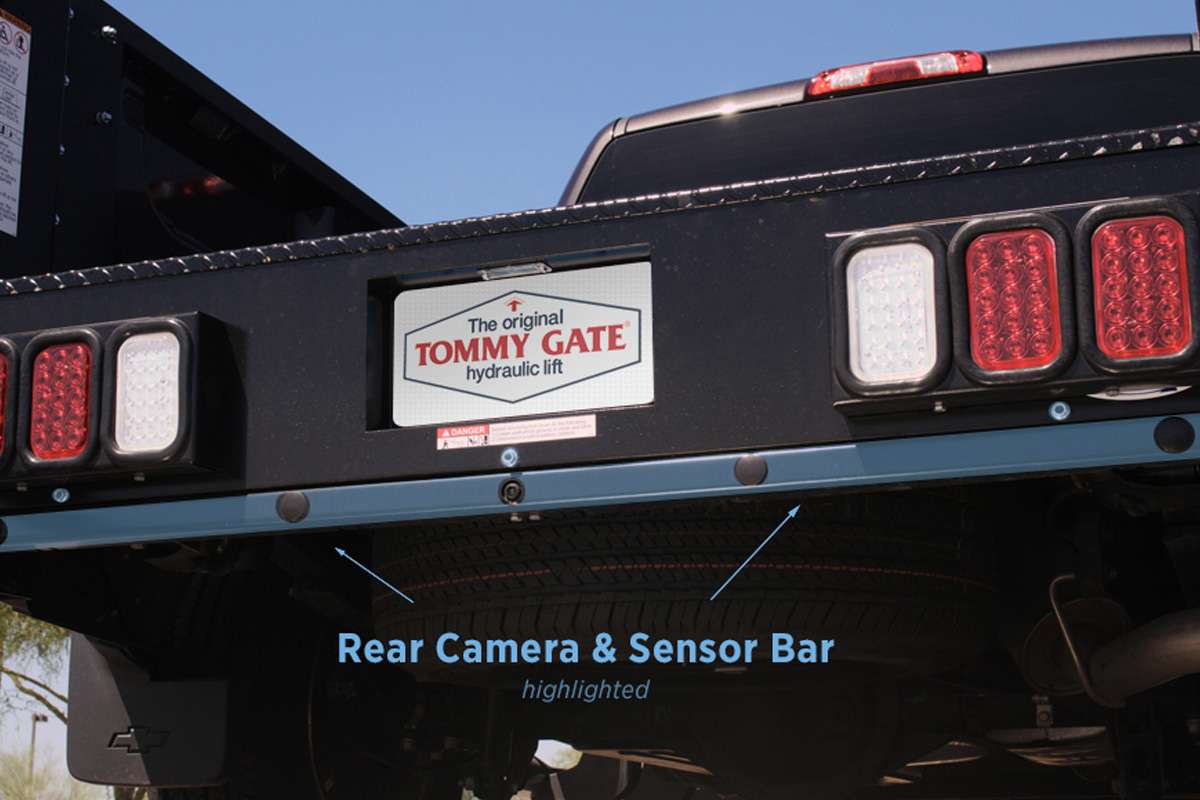
Tuesday, January 17, 2017
Liftgates for Pickups: What To Know
Answering the basic questions in order to select the ideal pickup liftgate model.
—
When deciding what liftgate model is best suited for any individual pickup truck owner, a few critical questions must first be addressed. Luckily, finding the right liftgate for a pickup is a simpler process than some other, larger, vehicle applications.
What kind of pickup will the liftgate be installed on?
Knowing the year, make, and model of the pickup truck is the first step. Once this is known, check a pickup liftgate application chart to ensure there is a mounting bracket for the truck in question.
Depending on the truck application, certain liftgate models may not be compatible. Liftgate models that are offered for Compact Pickups differ from those that are available for their full-size counterparts, and one-ton trucks are able to support heavier lifting capacities than half-ton pickups.

A standard Tommy Gate Pickup Mounting Bracket Set.
What will the liftgate be lifting?
Once the make and model of the pickup truck have been identified, the next question is what will the liftgate be lifting?
Pickup liftgates are used to lift all kinds of heavy cargo from oil drums to common household appliances. Knowing what the liftgate will be lifting is essential to identifying what lifting capacity, platform loading size, and platform material will be ideal for the application.
LIFTING CAPACITY
The lifting capacity of standard pickup liftgates ranges between 750lbs to 1500lbs. The general rule of thumb when selecting lifting capacity is to round up, and round up generously. If the object to be lifted is 950lbs., a 1000lb. capacity liftgate might suffice, but for overall safety and lifespan of the liftgate, going with a 1300- or 1500lb. lifting capacity is most likely the wiser decision.
PLATFORM SIZE
For the most part, the width of a liftgate platform is determined by the width of the vehicle it is mounted on. So, when discussing platform size, the optional component is the "loading depth." Furthermore, when determining the loading area, be sure to use the given specifications and do not include loading tapers or the liftgate mainframe's "floor."
PLATFORM MATERIAL
Liftgate manufacturers offer multiple variations of platform materials to suit different applications. Haulers of spillable liquids will need a material that allows liquid to pass through the platform loading surface whereas operators working in highly corrosive areas will need a platform that is resistant to corrosion.

Dodge 1500 Pickup with Galvanized G2-Series liftgate and EA38 platform.
WILL FACTORY COMPONENTS BE AFFECTED BY A LIFTGATE INSTALLATION?
Modern pickups come loaded with factory components and they are becoming more and more technologically sophisticated all the time. It is important to identify which factory components will be affected by a liftgate installation and be aware of optional solutions for any problems that may arise.
Rear Camera & Proximity Sensors
Rear camera and proximity sensor technology varies greatly from one brand of pickup to another and is rapidly evolving. Due to being located in the rear of the truck, these components are almost always affected by a liftgate installation and will need to be repositioned. Tommy Gate offers a Rear Camera & Sensor Bar for the most popular (and recent) pickup models and will be adding applications for newer pickup models as they are released.
Hitch Compatibility
Most pickup truck owners require the use of a tow hitch. Some liftgate installations are compatible with factory-installed hitches and some are not. For installations where the factory hitch is not compatible with a liftgate, there are numerous aftermarket hitch options. It also just so happens that ACME Hitch has an entire line of hitches targeting Tommy Gate liftgate installations.

Tommy Gate Rear Camera & Sensor Bar installed on a Chevy Silverado 1500.
For most all pickup trucks there are compatible liftgate models. However, merely finding a compatible pickup liftgate is not nearly as important as finding the right pickup liftgate. By answering a few fundamental questions beforehand, a truck owner can pinpoint those liftgate models that will be best suited for their individual needs.
For further information, feel free to contact Tommy Gate customer service by phone (1-800-LIFTGATE) or email, info@tommygate.com.
Tommy Gate is always working to design, build, and improve upon the finest liftgates in the world.
Accept no imitations.
Get in Touch
Have a question, or an idea for a future article on our blog?
We’d love to hear from you.

